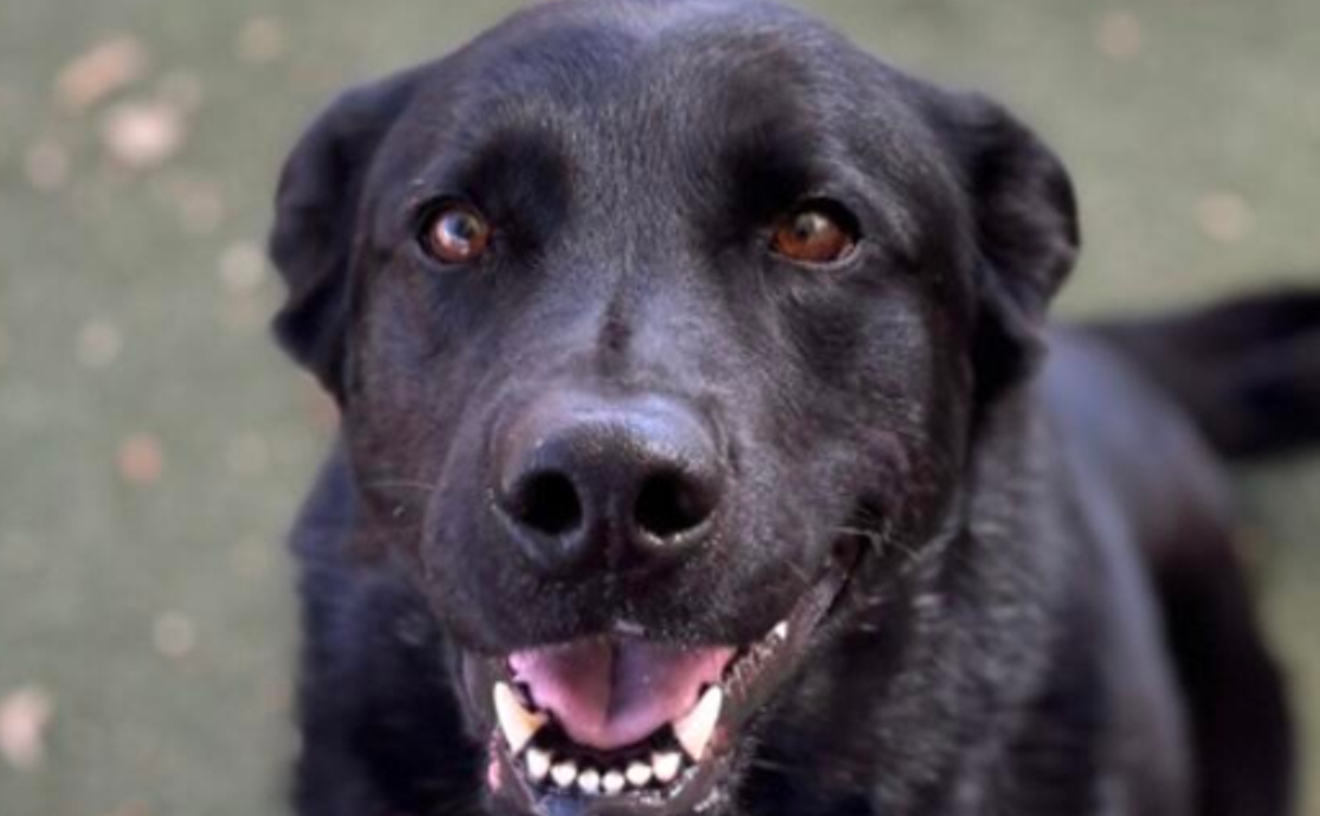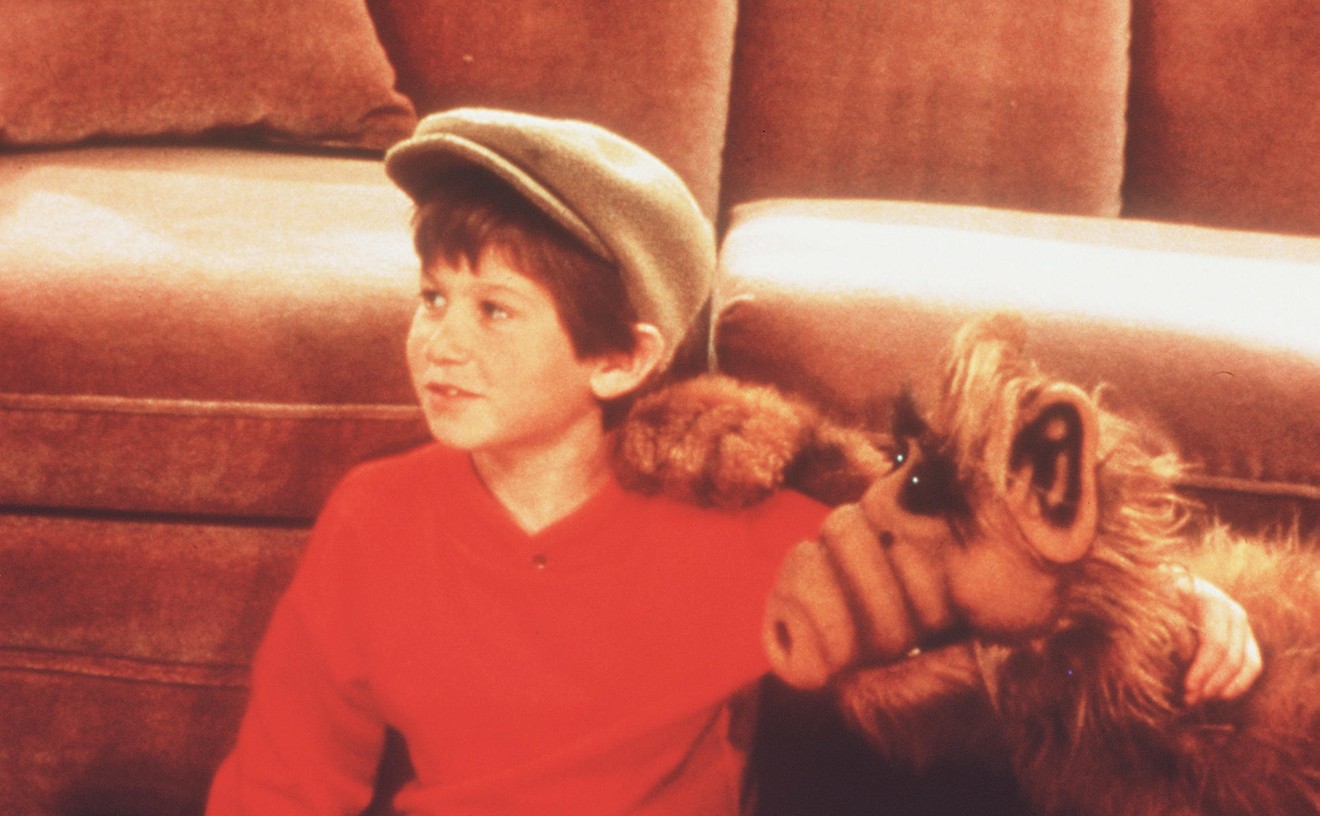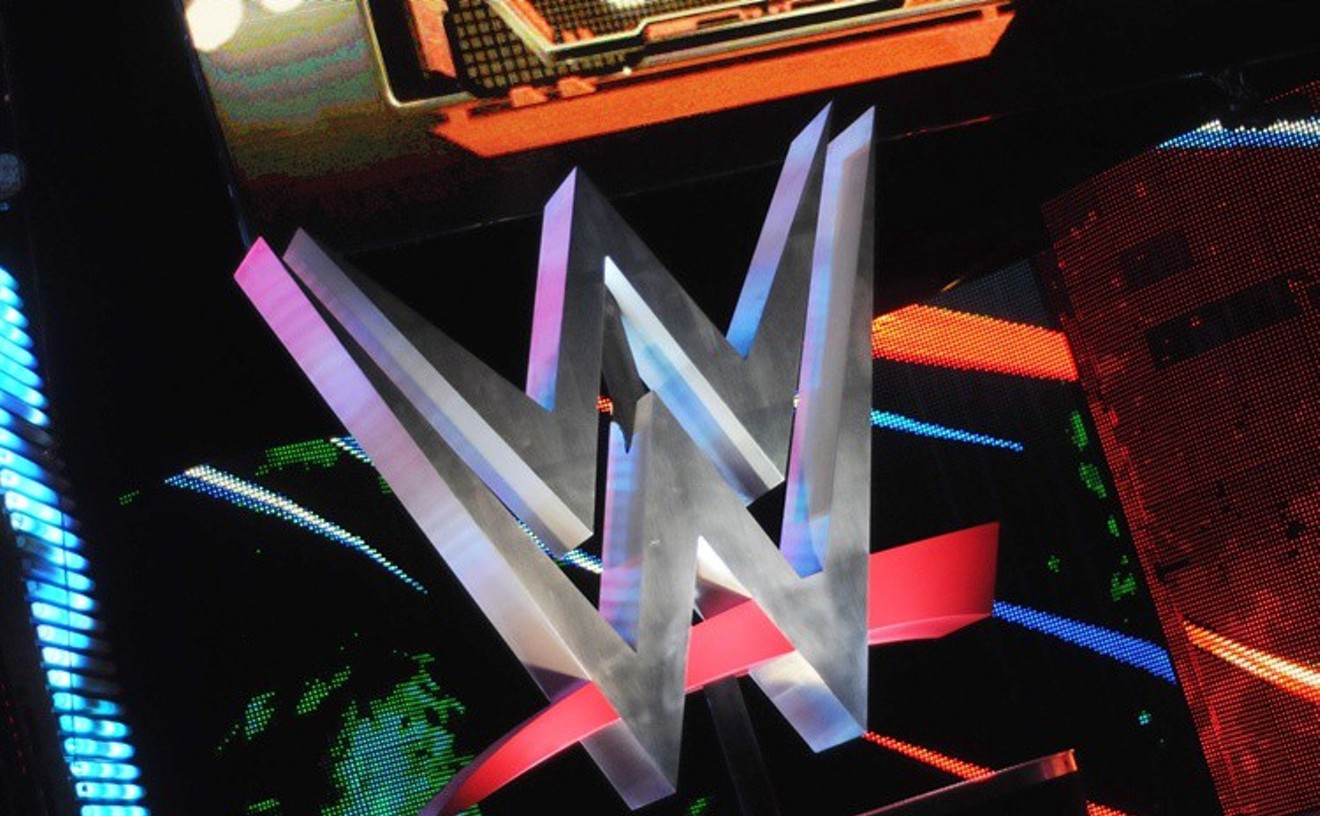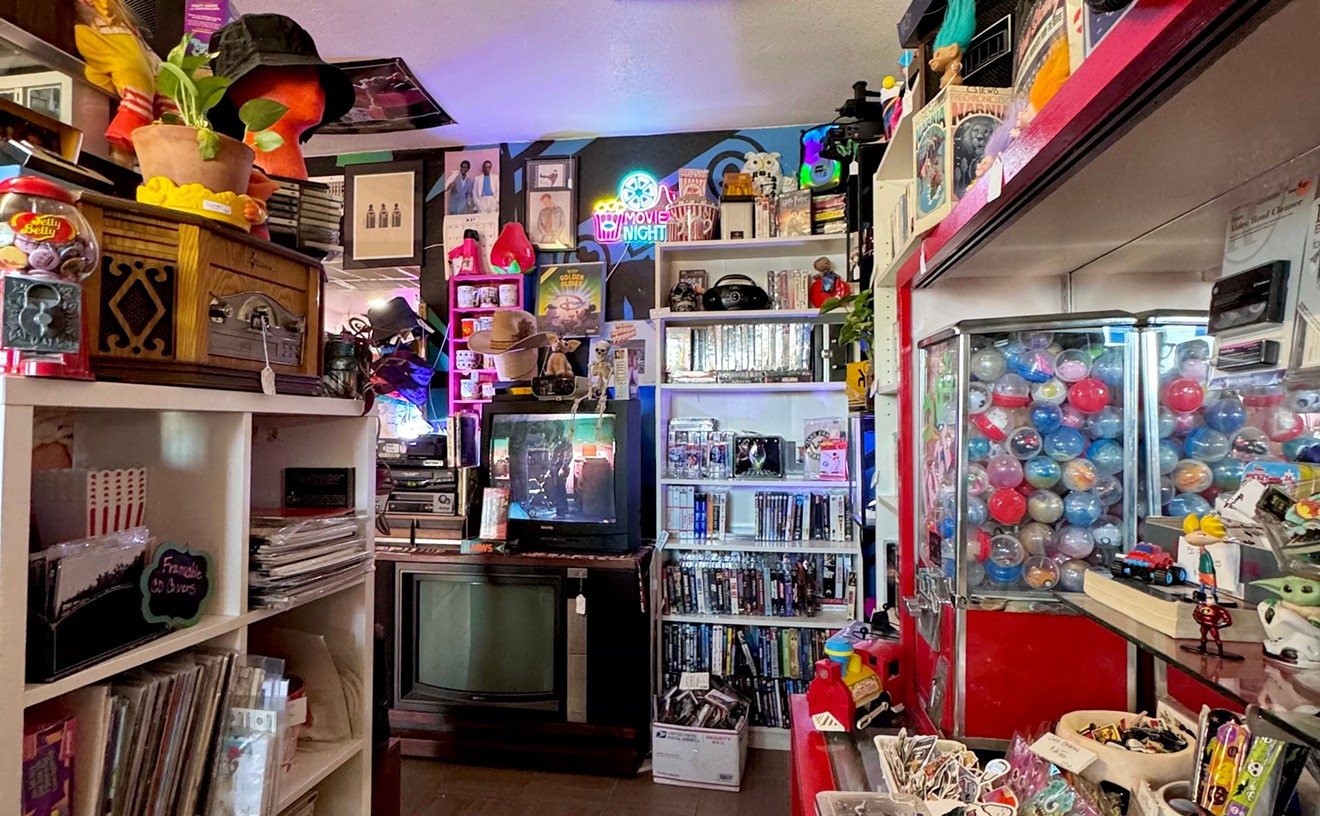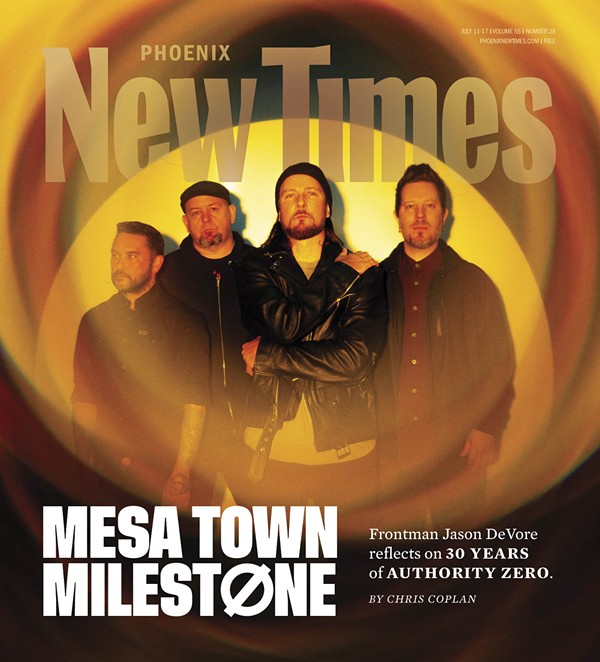And then there was the Teenage Mutant Ninja Turtles’ live-action movie, which debuted on March 30, 1990, became a box office smash to the tune of more than $200 million and solidified the franchise as a cultural phenomenon. The four turtles — Leonardo, Michelangelo, Donatello and Raphael — became household names.
Despite the success of the Ninja Turtles up to that point, the flick was seen as a gamble. It was closer to the original “Teenage Mutant Ninja Turtles” comic book from 1984 and was darker and grittier than the more colorful and harmless animated show. (Hence the film’s tagline: “This ain’t no cartoon.”)
“When I came on board, my agent was aware that this production was pitched to every single studio, but everyone passed on it,” says actor Brian Tochi, who provided the voice of Leonardo in the film. “No one wanted to make it.”
Hong Kong movie studio Golden Harvest ultimately took a chance adapting Teenage Mutant Ninja Turtles for the silver screen, though. They tapped Jim Henson’s Creature Shop to create costumes for the turtles that were powered by groundbreaking animatronics and made a deal with New Line Cinema, then a largely unknown distributor, to get the film into theaters.
And the rest, as they say, is history. Other Ninja Turtles projects followed, including two live-action sequels in 1991 and 1993, respectively.
“The Ninja Turtles helped change the world,” says Kenn Scott, who worked as a stunt performer and portrayed Raphael in the first two movies.
This weekend, both Tochi and Scott are scheduled to appear at the Turtle Shell-A-Bration, a touring experience celebrating the first two live-action films and Teenage Mutant Ninja Turtles fandom in general.
The event will be a part of this year’s Phoenix Fan Fusion from Friday, June 2, to Sunday, June 4, and include the chance to meet Tochi and Scott, as well as Judith Hoag (the actress who played April O’Neil), Robbie Rist (the voice of Michaelangelo) and other actors. There will be Q&A panels and screenings of the original movie.
Phoenix New Times got a chance to speak with Tochi and Scott recently about the original Teenage Mutant Ninja Turtles film and why they think it's aged so well over the years.
Phoenix New Times: The original Teenage Mutant Ninja Turtles movie holds up remarkably well for being 33 years old.
Brian Tochi: I tend to agree with you. What's so amazing is none of us knew it was going to hit the kind of market in the way that it did. And that it was the most successful independent film of all time. I think it was because it was rather good and it really set the foundation for everything else that followed.
Why do you think it's held up so well?
Tochi: I think one of the things is the [relationship between] the brothers. The turtles are all brothers. They love each other. They stick up for each other. They look out for each other. And you really get an understanding as to the kind of people, for lack of a better vernacular, that they are, and the relationship they had. Maybe it just resonates with the relationships that I think everybody can relate to.
It also has a lot of heart.
Tochi: Yeah. At the core of it, it really does. I mean, they love each other. And the people that they [know], Like April and Master Splinter, there's a real love there. And it's also [about] growing up. I think everybody can relate to that.
Is it also an example of how practical affects age better than CGI? It's certainly aged better than the big Ninja Turtles movies that came out within the last decade.
Tochi: You know what I think it is actually? I think that you can relate to ours more. I mean, with CG, it's hard to really wrap your heart around that. You know what I mean? And I also think you really get a sense and feel of the turtles in the original [films] being more real. What do you think, Kenn?
Kenn Scott: One of the things that makes the original film so great is the visceral quality of the characters. You can reach out and touch them. You can see them, they're interacting. Lights and shadows play on them the exact same way they do on the actors. Everything's real and it's really organic. And I think something organic is going to move you in a more sublime way than something in your heart you know is a fabrication.

Kenn Scott (center) with stunt coordinator and martial arts choreographer Pat E. Johnson (right).
Kenn Scott
Scott: Yeah. I always say to people, if you've ever done any kind of athletics, you've gone dancing or just [done] anything requiring physical movement, imagine doing it in a space suit. And that's what we had to do. We had some amazingly talented martial artists and dancers and acrobats working on the movie, but once you cover somebody in either a 35-pound stunt suit or a 65-pound [animatronic] suit and then ask him to do martial arts and movements for six hours at a clip in 95-degree North Carolina weather with 90 percent humidity, it was a nightmare.
We’d sweat out anywhere from six to 10 pounds of water weight every day. And you get it back drinking Gatorade and stuff at night, but every day you're sweating it out. Every day, we had oxygen tanks on set so that when we took our turtle heads off, we were just like football players on the sidelines sucking oxygen down. Guys had nosebleeds from the dehydration. It was really challenging, and you had to be young and fit, which is surprising because one of the guys smoked while he was in his turtle costume.
Kenn, you originally were a Foot Clan member and then became Raphael after the original suit actor was injured, right?
Scott: Yeah. I had a whole growth across two movies. I was hired as an extra to be a Foot Clan soldier. I was making 75 bucks a day to get beat up. But then I became the “fellow ‘chucker” that goes against Michelangelo and did some other stuff in the Foot. I ended up getting my Screen Actors Guild card by being a Foot soldier. But early in the movie, the stunt guy for Raphael was in a scene with Casey Jones in Central Park and dropped him in a trashcan and broke his nose. So they needed somebody to take over for Raphael to do all the action for the rest of the movie. I became the action double of Raphael for the rest of the first movie. And then when the second movie rolled around, I moved into being what they called the “actor turtle” or “suit performer.”
When many people think of the original “Ninja Turtles” movie, they think of that “fellow 'chucker” scene.
Scott: Oh, a lot of people come to our table and ask about it. Brian and I hear a lot of the same questions when we’re at cons. And some of the questions we often get is, “What was your favorite thing to do in the movie?” And even though I was action Raphael doing all the fighting and the actor Raphael in the second movie, I always point to that “fellow 'chucker” scene where I'm doing the nunchucks. I think that it was my favorite scene because I'm not in a turtle suit. It's me. I'm doing something I love, which is nunchucks. And I got to work with the director and do first-unit stuff. That was actually one of my really favorite things to do, even with all the other Raphael stuff. The other one was the subway scene where Raphael rescues April O'Neil. I’m proud to say the first time anybody in history sees a Ninja Turtle fight bad guys on the movie screen, it's Raphael saving April from the Foot [Clan]. And that's me doing that fight.
So each turtle was essentially three people: the voice actor, the suit actor, and the person operating the controls for the face, right?
Scott: Well, you're close. There were actually four people. There's what we call the “actor turtle” or the “suit performer,” and they wear a suit with a head that's got 27 different electronic servos in it. Off camera is the second guy, and that's a puppeteer from the Jim Henson [Creature Shop]. We had guys from “Sesame Street” and “Star Wars” working on it. The puppeteers controlled those 27 servos in the head to create all the emotions and the eyes and the speech, everything. They were actually the ones saying the lines. Then, a third guy does all the fighting and a fourth guy comes in at the end of the movie, like Brian did, and does the voice heard throughout the movie.
I saw a photo of Jim Henson posing with people in the turtle suits. Did you get a chance to meet or interact with him at all?Jim Henson with the Teenage Mutant Ninja Turtles pic.twitter.com/d5FPq3BDlW
— Muppet History 🎓 (@HistoryMuppet) September 6, 2020
Scott: I did. I got to spend one day around Jim Henson. It was very brief, like a, "Hello, how do you do? Nice to meet you” kind of thing. It was in a room full of people, but it was an awesome moment, as I actually wrote in my book ["Teenage Ninja to Mutant Turtle: Becoming the Reel Raphael"]. For me, it was like reliving my childhood. He was the guy behind Kermit the Frog, “The Muppet Show” and “Sesame Street.” And he almost looked like this religious figure walking in with everybody around him. And I was in awe. I didn’t get to spend much time with him, certainly not as much as others on the set, but it was an honor to be around him.
How did you become involved with the first “Ninja Turtles” movie, Brian?
Tochi: It's really interesting. In the first movie, they hired somebody else to play Leonardo. And then they fired him. Then they hired another guy. And for some reason, they fired him. And then, so what happened was I became available and they contacted my agent and said, “Hey, do you think Brian might be interested in this ‘Teenage Mutant Ninja Turtles’ movie”? And I wasn't familiar with comic books, and I didn't know there was a cartoon. So, they explained to me, "Well, it's these little turtles. They get hit with this ooze. They started growing. They turned into these amazing karate, kickass ninjas.” And I go, "Yeah, I think I could play that." Did the voice actors record together or separately?
Tochi: We did both, actually. It was individual recordings, but also we got together, all of us [voice actors] to do group stuff. And then we'd come back when there's been changes or new lines or new content being delivered.
Did you interact with Corey Feldman during the recording sessions?
Tochi: Oh, absolutely. Yeah, he did two of the [movies]. He was late a lot. I mean, at the time he was going through some difficulties and stuff. And he's been public about it, that he was possibly impaired. I didn't really notice that from him, other than the fact that he was late. And I don't think any of the other cast members noticed it either. He was a really nice guy, just laid back. He is actually like Donatello, the turtle he played. He just embodies that in a way, actually.
The original “Ninja Turtles” movie seems like child’s play now, but at the time, it was seen as too violent, right?
Tochi: With the first one, they skewed more toward the [original “Teenage Mutant Ninja Turtles”] comics. And what was interesting, when I came on board, my agent was aware that this production was pitched to every single studio, but everyone passed on it. No one wanted to make it. And then Golden Harvest, the [production company] behind the movie, found New Line Cinema, which was a fledgling [movie studio] at the time. I think all they had was the [“Nightmare on Elm Street”] movies at the time. And so, they're the only ones that went with it. The first [“Ninja Turtles”] movie wasn't really high profile, so they kept it closer to the book. And then when they came up with the [sequel film “Teenage Mutant Ninja Turtles II: The Secret of the Ooze”], they thought, "Oh, we got to hurry up and rush this one out." So they made it more kid-friendly with less violence in it.
Scott: For me, the first film is more dangerous. It's dark. It's a weird, dark art film made by [Steve Barron], a visionary music video director. And he cast it with these very interesting actors, like Judith Hoag as April [O’Neil] and Elias Koteas [as Casey Jones]. These were not your typical Disney Channel [actors]. But then also, there's like, it's got kids smoking cigarettes and drinking and doing bad things. It's not sanitized like the subsequent two movies. There's an element of darkness and danger that's in the first one that I think had an appeal that wasn't in the others. And Sam Rockwell was even in it as the guy offering kids cigarettes, like, "Regular or menthol?” Who knew what an amazing actor he’d turn out to be?
What did you think of the success of the original “Ninja Turtles” movie?
Tochi: What was so amazing about it was, when it was released, it was number one at the box office. By the end of its run, it ended up becoming the number-one independent film of all time. And with those numbers, people had to keep coming back and coming back, and what made it so special is that the ones that kept coming back were who were only paying half price because they were kids. More and more kids kept coming back and coming back.
Was it crazy how they literally crapped out a sequel in only a year?
Tochi: Well, they had the idea that they wanted to do it anyway, even if they had certain numbers. But really, after the first weekend’s box office they went, Oh, we gotta do it." I didn't necessarily feel that need to hurry up and rush something through, but it was just something they wanted to capitalize on. The formula was a little different because it was less dark, but I don't think it hurt that much. I mean, there are a lot of people who say to me, "My favorite was ‘Secret of the Ooze.’" And there are some people who thought the time travel movie ["Teenage Mutant Ninja Turtles III"] was their favorite. It really depends on the person.
Speaking of the sequel film, how do y’all feel about Vanilla Ice’s “Ninja Rap” from the sequel more than three decades later?
Scott: I love it because it brings back great memories. It echoes a really adventurous time in my life. That day in particular is a whole funny story where we had to do this dance with Vanilla Ice. And man, you had to do it so many times over and over because the turtles are on stage and Vanilla Ice couldn’t remember the words to his song. And so, we had to keep doing it over and over. And then unfortunately, I was so hungover because I'd been drinking out with Tokka, the big snapping turtle guy, that my stunt double had to come in and finish some of the dance shots for me.
Tochi: Everything with “Ninja Turtles” tickles me, to be honest. And [my voice] is on the Vanilla Ice album [in “Ninja Rap”], by the way. I still get quarterly [royalties] from that.
Turtle Shell-A-Bration at Phoenix Fan Fusion. Friday, June 2, to Sunday, April 4. Hours vary. Phoenix Convention Center, 100 North Third Street. Tickets are available here.






